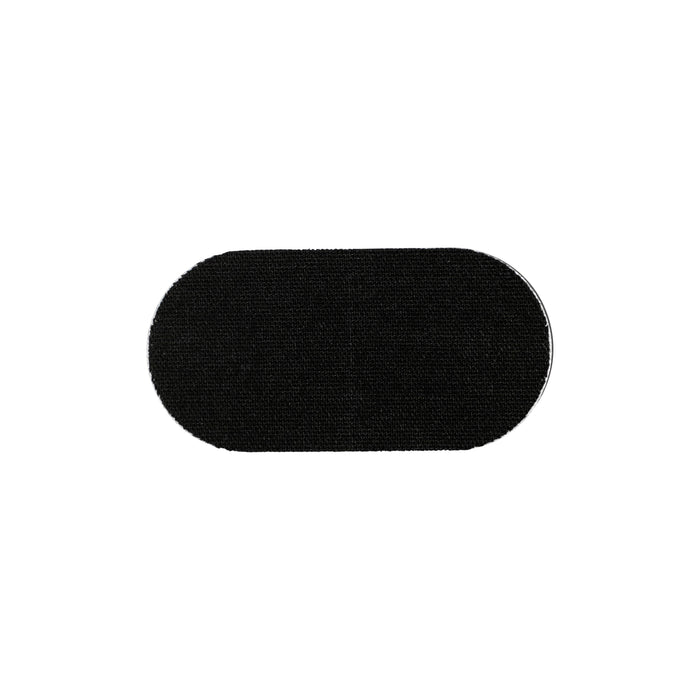

Mouth Taping Tips for Beginners: A Step-by-Step Guide
Mouth taping is a simple and effective technique to promote nasal breathing during sleep, potentially improving sleep quality, reducing snoring, and enhancing overall health. If you're new to mouth taping, this step-by-step guide will help you get started and ensure a comfortable and successful experience.
Step 1: Choose the Right Mouth Tape
Select a mouth tape that is specifically designed for this purpose. It should be hypoallergenic, gentle on the skin, and easy to remove. There are several brands available on the market, such as SleepyStrip, SomniFix, or other similar products1. We recommend Knocked's Mouth Tape for its flexibility and quality.
Step 2: Prepare Your Lips and Face
Before applying the tape, ensure your lips and the surrounding skin are clean and dry. This will help the tape adhere better and prevent it from slipping during sleep. You may want to use a gentle cleanser or simply wash your face with warm water and pat dry with a clean towel.
Step 3: Apply the Mouth Tape
Cut a piece of mouth tape to the appropriate size, ensuring it covers your lips completely. Position the tape over your closed lips, gently pressing down to ensure it adheres properly. Make sure the tape is secure, but not too tight, to avoid discomfort during sleep2.
Step 4: Breathe Through Your Nose
Once the tape is in place, practice breathing through your nose. Inhale and exhale deeply a few times to ensure you're comfortable with the sensation. If you experience difficulty breathing through your nose, try using a saline nasal spray or consult with a healthcare professional for advice.
Step 5: Ease Into the Practice
For some individuals, the sensation of mouth taping can be unfamiliar or uncomfortable at first. If you find it challenging to fall asleep with the tape on, try wearing it for shorter periods while awake, gradually increasing the duration over time. This will help you acclimate to the sensation and build confidence in the technique3.
Step 6: Monitor Your Experience
Keep track of your sleep quality and any changes you notice after starting mouth taping. Some individuals may experience immediate improvements, while others may require a longer adjustment period. If you're unsure about your progress or experience any adverse effects, consult with a healthcare professional.
Step 7: Combine with Good Sleep Hygiene
Mouth taping can be an effective addition to a healthy sleep routine. Ensure you're practicing good sleep hygiene by maintaining a consistent sleep schedule, creating a comfortable sleep environment, and avoiding stimulants and electronic devices before bedtime[^4^].
Mouth taping is a simple and natural technique that can help promote better sleep by encouraging nasal breathing. By following this step-by-step guide, beginners can easily incorporate mouth taping into their nightly routine and potentially improve their overall sleep quality.
References
-
Nestor, J. (2020). Breath: The New Science of a Lost Art. Riverhead Books. ↩
-
Schwab, R. J., Gupta, K. B., Gefter, W. B., Metzger, L. J., Hoffman, E. A., & Pack, A. I. (1995). Upper airway and soft tissue anatomy in normal subjects and patients with sleep-disordered breathing: Significance of the lateral pharyngeal walls. American Journal of Respiratory and Critical Care Medicine, 152(5), 1673–1689. https://doi.org/10.1164/ajrccm.152.5.7582313 ↩
-
Buteyko, K. P. (1990). The Buteyko method: ↩






